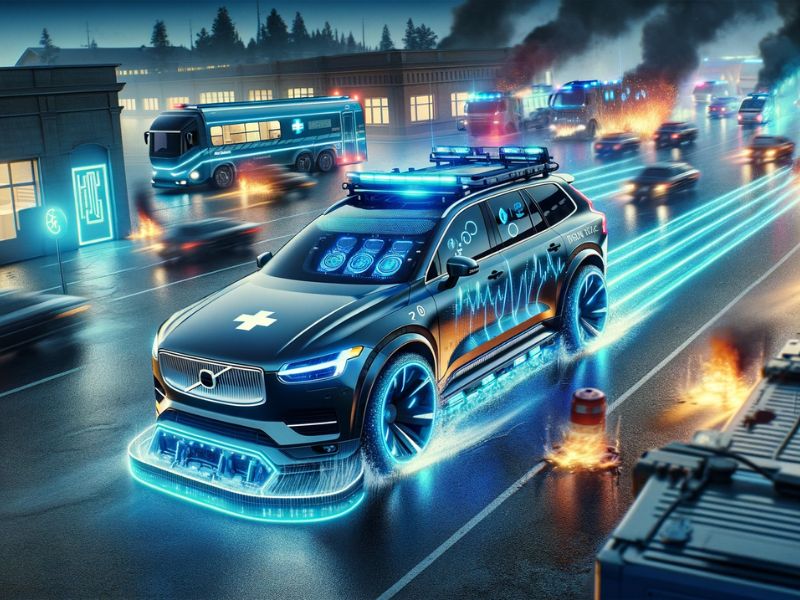
Electric Revolution in Emergency Vehicles: Efficiency and Sustainability in Service of Emergencies
Electric vehicles are transforming emergency response strategies
The transition to hybrid and electric fleets
There has recently been a significant shift towards the use of electric (EV) and hybrid vehicles in emergency response operations. A notable example is the Essex & Herts Air Ambulance Trust (EHAAT), which has completed the transition to a fully hybrid fleet of rapid response vehicles (RRVs) by acquiring two additional plug-in hybrid SUVs, the Volvo XC90 Recharge. These vehicles, in addition to being eco-friendly, have been adapted for rescue operations, including blue light systems for increased visibility and safety.
Advantages of electric vehicles in emergency operations
Electric vehicles offer numerous advantages in emergency operations. Their nearly silent operation allows for clearer communication during emergencies, reducing confusion and increasing efficiency. Furthermore, the absence of emissions from the exhaust improves air quality in disaster-affected areas, protecting the health of rescuers and individuals affected by disasters. An innovative aspect is the Vehicle-to-Grid (V2G) technology, which allows EVs to function as mobile power stations during emergencies, providing electricity to vital infrastructure or temporary shelters.
Improvement in response time and sustainability
The integration of EVs into emergency services is showing significant potential in reducing response times. Thanks to their instant torque and rapid acceleration, EVs enable responders to reach the emergency scene more quickly. Moreover, electric vehicles reduce operational costs and carbon emissions, offering superior performance compared to traditional motor vehicles. These advantages not only enhance the efficiency of emergency operations but also contribute to environmental sustainability.
Challenges and future prospects
Despite the numerous advantages, the adoption of EVs in emergency services presents some challenges, such as limited range and a lack of charging infrastructure. However, with the ongoing evolution of EV technology and collaboration between emergency service providers, vehicle manufacturers, and technology companies, these challenges are being addressed. As technology continues to evolve, we can expect further innovations in EVs specifically designed to support and enhance emergency services.


